

Why public opinion may be misleading when it comes to actual environmental policy
A Gallup poll from March 2016 found that a majority of Americans favored environmental protection over both economic growth and energy development. And while these same respondents expressed concern over a variety of environmental conditions, only 42% self identify as environmentalists, down from 78% in 1991.While these trends seem to be contradictory, environmentalism is much more than support for environmental protection and concern for conditions. Environmental attitudes are complex and come in many shapes and forms. Some scholarship argues these attitudes are based on how we view the roles of the government, the marketplace, and citizens in addressing environmental issues.
The result of this complex structure of attitudes is a large degree of variation, based on the mixture of economic, political, and environmental conditions of communities. In today’s world, environmentally concerned citizens do not have to fit into stereotypical ideas of environmentalism from previous decades. Rather, they can find ways to rely more on public or private institutions or themselves to find solutions to their local environmental problems.
Recent state-level findings on environmental attitudes indicate that the Western and Northeastern states are among the most environmentally supportive regions in the United States. However, those living in the Western states prefer a greater reliance on both private businesses and individuals than on public institutions to address environmental issues. On the other hand, the Northeastern states prefer that public institutions fill that role. These trends are related to a wider political culture in the West, that prefers individualism, and in the Northeast, that sees government as a solution. Communities in these states have responded to public opinion by shifting environmental responsibility to create policies that are both environmentally responsible and adhere to local beliefs.
By themselves, the results for self-identified environmentalists paint a much different picture of American environmentalism than those for environmental concern and support. Fifty-six percent of respondents favored environmental protection over economic growth, 59 percent favored environmental protection over energy development, and 57 percent believed the U.S. was doing too little for the environment. Additionally, 73 percent worried a great or fair amount about the environment, 81 percent about river, lake, and reservoir pollution, 74 percent about air pollution, 80 percent about drinking water pollution, 67 percent about loss of tropical rain forests, and 68 percent about extinction of plants or animals.
Polling data provides insight into public opinion by capturing a large number of people’s ideas on the same question to provide an objective measure of the aggregate of public thought on a subject. With more than a dozen different types of environmental questions used in various polls from numerous sources by both academics and pollsters, understanding environmental attitudes can be arduous, if not impossible. The truth is that public opinion varies widely based on the specific environmental issue at hand, and no single survey question accurately captures the complexity of environmental public attitudes. For instance, there is a difference between being pro-environment and being pro-government spending on the environment.
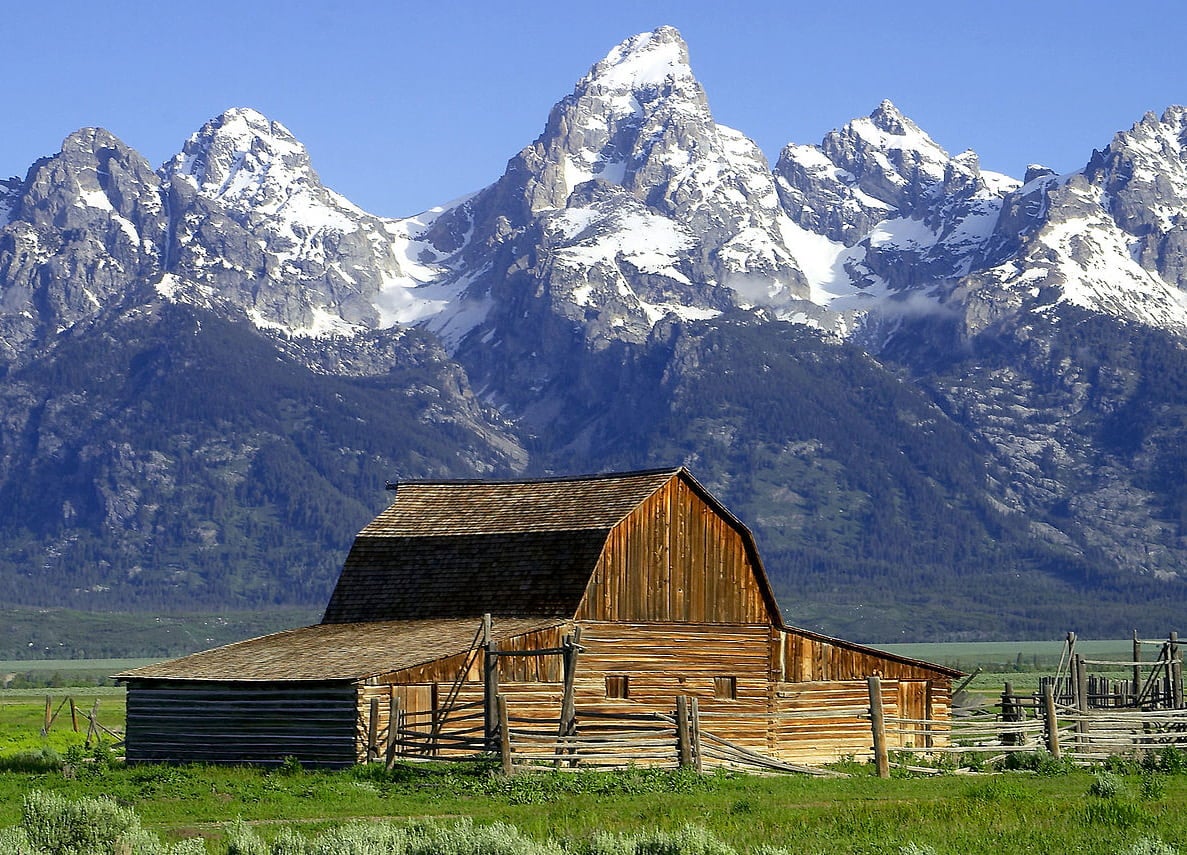
FLAVORS OF ENVIRONMENTALISM
Environmental attitudes become a function of the interaction between the perceived relationships between the government, the marketplace, and the individual. Some scholarship argues environmental attitudes are based on a three-faceted structure: 1) perceptions of government action; 2) trade-offs between environmental protection and economics; and 3) the individual’s perception of their own environmental responsibility. This complex structure allows for different flavors of environmentalism, where a mixture of economic, political, and environmental conditions account for differences between individuals and communities. While economics is regularly framed as the antithesis of environmental concerns, ecological conditions and political ideology also are significant. Environmental attitudes are driven by how people place value on the complex world around them, and where the responsibility lies in mitigating environmental issues related to that. Public attitudes on the environment are not ‘one-size-fits-all’ and differ from issue to issue. In other words, it is possible for someone to be pro-environment but against environmental policies (more on that below)
However, looking at national public opinion can be a little misleading when it comes to actual environmental policy. Over the past 50 years, efforts in the U.S. to protect and conserve the environment have been vested more at the state and local levels than at the national level. While most major federal environmental legislation, like the Clean Air Act (CAA), the Clean Water Act (CWA), and the Resource Conservation and Recovery Act (RCRA), were all passed by Congress at the national level, the responsibility for implementing these acts has fallen to the states. In fact, all 50 states have delegated authority over the CAA, 46 states over the CWA (and Idaho is in the process of taking over those programs), and 48 states over the RCRA.
Additionally, over the last few decades, there has been a so-called “race-to-the-top” in environmental policy among state and local governments, where there has been steadily increasing competition to offer a clean, high-quality natural environment as American citizens seek out localities aligning with their values. This has led many states and local governments to adopt policies that go above and beyond those of the federal government. Therefore, national public opinion on environmental issues doesn’t tell us the full story.
To further complicate things, political, economic, and environmental pressures create a unique mixture of environmental attitudes for each state, resulting in very different ideas of how we should treat our environment. New research on the structure of public environmental attitudes provides some further insights.
My article “The States of Public Opinion on the Environment” in the March 2016 issue of Environmental Politics was able to test whether residents of individual states differed in their opinion of who is responsible for the environment. With data from the General Social Survey from 2000 to 2010, we modeled state-level public opinion for three environmental survey items to determine how states differ in their attitudes based on support for government intervention, economic trade-offs, and individual responsibility. The results indicate fairly pronounced regional trends.
ENVIRONMENTAL ATTITUDES IN THE WEST
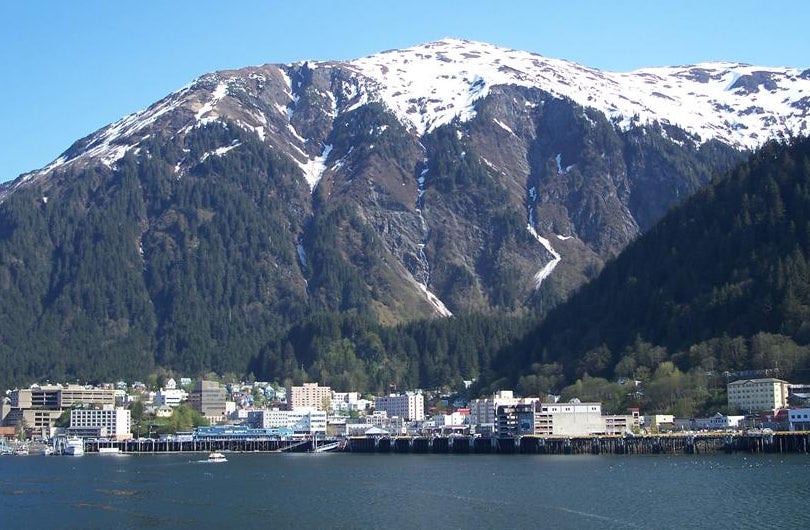
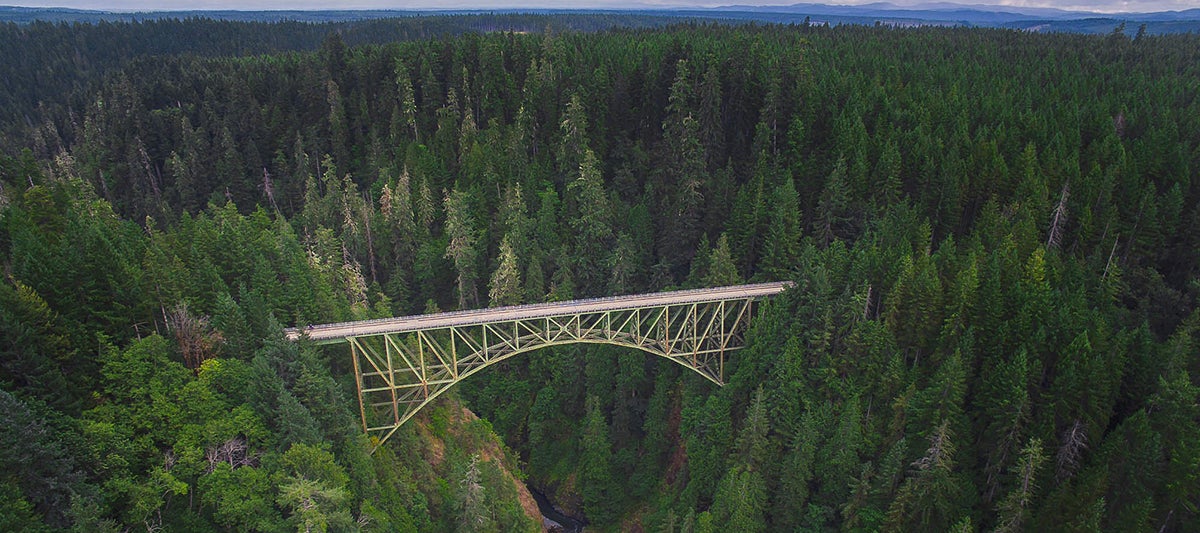
The Western region as a whole shows a much firmer belief in individual environmental responsibility and willingness to make economic trade-offs than the rest of the nation. In fact, Western states make up six of the 10 states with the highest estimates of environmental support for each item, and there is no state that falls outside the top 50 percent. However, there is much less Western support for government intervention. Only Arizona and Colorado fall into the top 50 percent of environmental support on this item; the South remains at the bottom of the spectrum across the board. Southern states make up the majority of the 10 states with the lowest support in each category. Only Florida, for government intervention, and Texas and Georgia, for willingness to make economic trade-offs, fall into the top 10 for environmental support in any category. The Northeast and Midwest fall somewhere in the middle for all three categories.
The three states with the highest levels of support for each category are: Hawaii, Arizona, and Connecticut, for government intervention; Washington, Minnesota, and Massachusetts, for individual responsibility; and Alaska, Idaho, and Colorado, for willingness to make trade-offs. The three states with the lowest levels of support for each category are: Texas, Arkansas, and Montana, for government intervention; Arkansas, Alabama, and Louisiana, for individual responsibility; and West Virginia, Pennsylvania, and Kentucky, for willingness to make trade-offs.
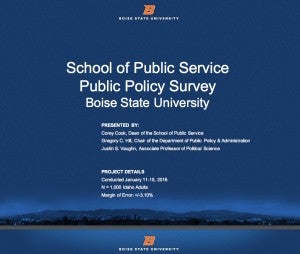
The Idaho Public Policy Survey conducted by Boise State University’s School of Public Service in January 2015 revealed some further insights into Idahoans’ attitudes toward the environment
These trends are important for understanding some of the more precise environmental issues at the state-level. Let’s apply this to our state of Idaho. Idaho ranks No. 2 for willingness to make economic trade-offs, No. 4 for belief in individual responsibility, and No. 34 in support for government intervention. Based on these findings, Idaho appears to be pro-environment, but anti-government. The Idaho Public Policy Survey conducted by Boise State University’s School of Public Service in January 2015 revealed some further insights into Idahoans’ attitudes toward the environment.
First, 92.5 percent of respondents believe that environmental protection and job creation are not mutually exclusive, suggesting Idahoans instinctively understand the complexity of environmental issues. Idaho residents clearly recognize there is not a simple answer to these issues, and that a singular for or against dichotomy does not do justice to their beliefs about the environment.
Second, 42.2 percent of respondents believe it is very important for the state legislature to address issues surrounding the environment, but only 10 percent believe the environment should be the first or second priority for the state legislature. In fact, the environment ranked at the bottom of the list of priorities by respondents, beating out only transportation. However, 54.5 percent are very concerned about protecting the environment.
CONCERNED BUT NOT A LEGISLATIVE PRIORITY?
Why are so many concerned about the environment but don’t think it is a legislative priority? While Idahoans clearly care about their environment, they aren’t generally in favor of government action. They are much more keen on individuals and the marketplace taking up the mantle of environmental responsibility.
Third, 71.8 percent support allowing hunters to hunt wolves, while only 55.8 percent support increased government spending on wolf population control programs. Both hunting wolves and controlling wolf populations are designed to reduce the predators in the wild, so why is there so much more support for hunting over government programs? Some animal rights advocates may paint Idahoans as bloodthirsty but the truth is environmental issues are more nuanced than that. While there clearly is public support for reducing the wolf population, Idahoans would rather see individuals take the responsibility into their own hands than rely on another government program to do the job.
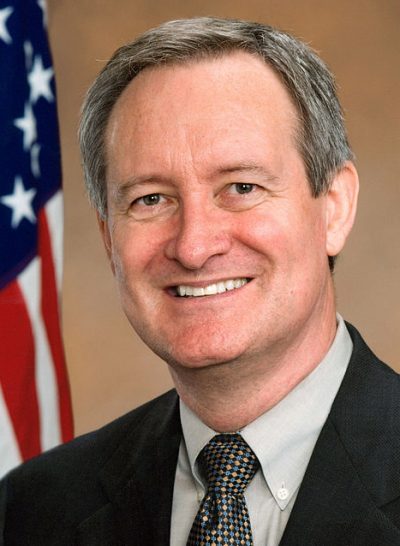
Those last two points are echoed by the Idaho Congressional delegation, which ranks near the bottom on its environmental voting record, according to the League of Conservation Voters (LCV). In particular, Mike Crapo, member of the Senate Committee on Environment and Public Works and of the Senate Renewables and Efficiency Caucus, Sportsmen’s Caucus, and Western Water Caucus, has a lifetime LCV score of 7 percent (out of 100 percent) and a 2015 score of 0 percent. However, he’s also sponsored working groups like the Owyhee Initiative and the Elk Cooperative to create a collaborative approach to environmental protection and conservation that relies more heavily on individual stakeholders in the community than on government agencies. According to the LCV, he’s one of the most anti-environment legislators in Congress, but he’s also advocated for legislation and initiatives that have, or are expected to have, very real environmental benefits to communities.
What does this all mean? Idaho has a unique brand of environmentalism that is tied more to individual responsibility than government intervention. In other words, Idaho is a pro-environment state, but that doesn’t mean it is a pro-“government fixing the environment” state. While Idahoans may see themselves individually as pro-environment but not pro-government environmental intervention, public opinion polls confirm this is a statewide trend. Through the rest of the national election cycle and future election cycles, it is important for citizens and stakeholders to understand that environmental issues are complex, as are public attitudes about them. As the nation and Idaho move forward in both preserving the beautiful environment here and continuing the economic recovery, it also is important to remember there are lots of different flavors of environmentalism and no one flavor is right for everyone.
Citizens should consider which shape and form of environmentalism candidates are advocating in the upcoming elections. They also should remember that much of the work of protecting the environment happens at the state and local levels, where large variations in public attitudes exist, so the race for the White House isn’t the only election that matters this year.